Hyundai Motor India has officially announced that the prices of its popular premium hatchback, the Hyundai i20, will increase starting May 2025. This decision comes in the wake of rising input costs, evolving regulatory standards, and a push to maintain profitability amidst changing market dynamics. For prospective buyers, this development carries important implications—both financially and strategically.
Why the Hyundai i20 Price is Going Up
Like many other automotive manufacturers, Hyundai is navigating a landscape shaped by inflation in raw material prices, especially steel and aluminum. Additionally, the industry is adjusting to more stringent emission norms and evolving safety standards, which add to the production cost per vehicle.
In a competitive segment where the i20 goes head-to-head with rivals like the Maruti Baleno, Tata Altroz, and Honda Jazz, the company has tried to absorb a fair portion of these costs in recent months. However, sustained pressure has now made a price revision necessary.
How Much Will the i20 Price Increase?
While Hyundai has not yet disclosed the exact amount of the price hike, sources suggest that it could range between ₹10,000 to ₹25,000 depending on the variant. The exact figures will likely vary across the i20’s trim levels—Magna, Sportz, Asta, and Asta (O)—with higher-end variants possibly seeing a more significant increase due to additional features and technology updates.
This upcoming change makes April the best time for buyers to act if they want to avoid the impending hike and lock in current rates.
Impact on Buyers
For prospective car owners, especially first-time buyers, a price increase can influence affordability and financing plans. A higher ex-showroom price will also lead to increased insurance premiums and road taxes, which are calculated as a percentage of the vehicle’s value. This means the total on-road cost of the Hyundai i20 will be noticeably higher post-May 2025.
Those planning to finance their purchase through a car loan might face a slightly higher EMI if they delay buying until after the price hike. It’s worth consulting with dealerships to explore financing options before the revision takes effect.
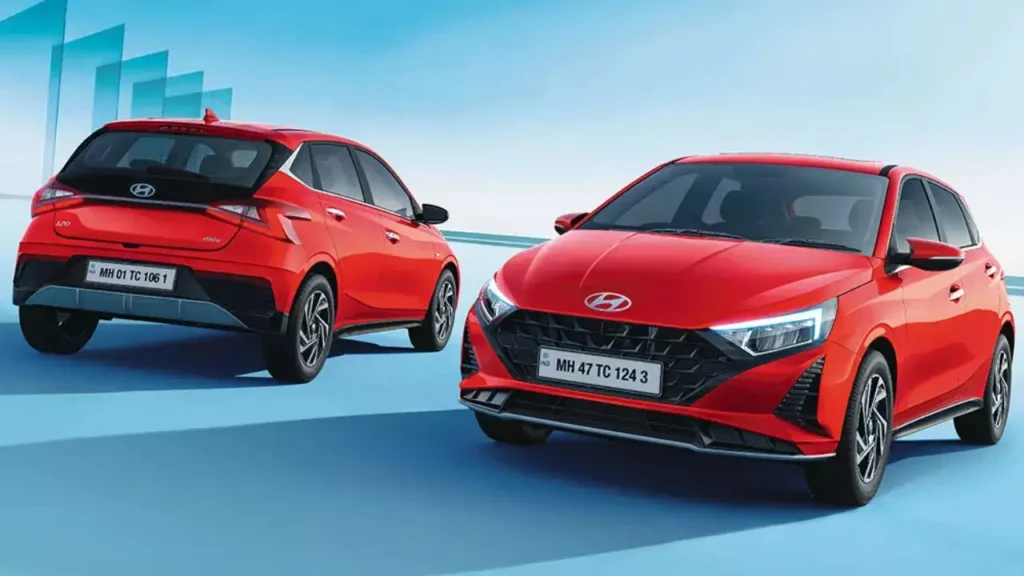
Strategic Timing for Buyers
For those considering the i20, now may be the most cost-effective time to make a purchase. Booking a vehicle before the end of April 2025 ensures that customers benefit from the current pricing. Hyundai dealers may also be offering limited-time incentives, including cash discounts, exchange bonuses, or loyalty offers, making it an even more attractive deal before prices go up.
In addition, April often sees end-of-quarter and end-of-financial-year offers that dealerships use to clear inventory and meet sales targets. Buyers could potentially leverage these offers to maximize value.
Hyundai i20: Why It’s Still a Strong Buy
Even with the upcoming price increase, the Hyundai i20 remains one of the most feature-rich hatchbacks in the Indian market. It offers a bold design, advanced connectivity features, a spacious cabin, and multiple engine-transmission combinations, including a 1.2L petrol with both manual and CVT options, and a 1.0L turbo-petrol with a DCT gearbox.
Its safety credentials, including six airbags in higher variants, electronic stability control, and a strong structural design, also make it a preferred choice for many urban buyers.
Conclusion
The Hyundai i20 continues to deliver strong value in the premium hatchback segment, but the impending price hike from May 2025 is a clear signal for buyers to act promptly. Whether you’re a budget-conscious driver or someone eyeing the fully loaded variant, making a purchase before the new prices take effect could save you a significant amount.
With increasing production costs across the auto industry, such revisions are likely to become more frequent in the future. Acting early not only helps avoid extra costs but also secures a popular and reliable car at its most affordable rate.







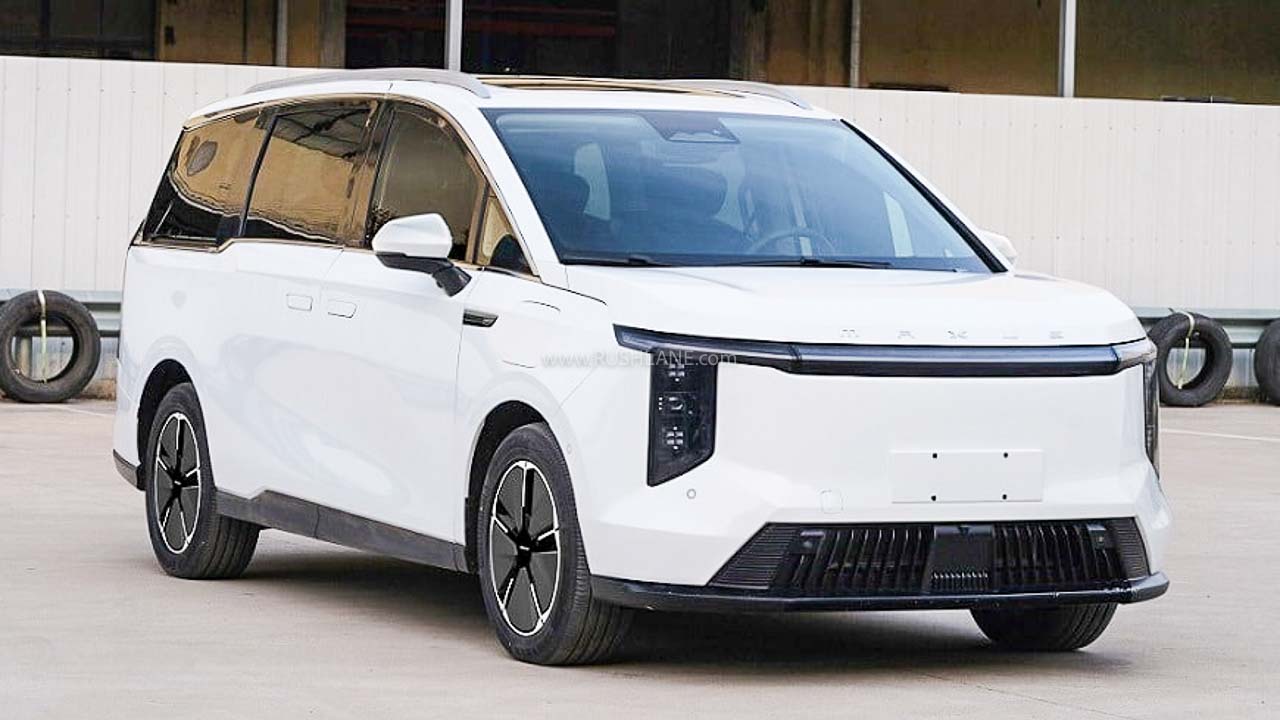
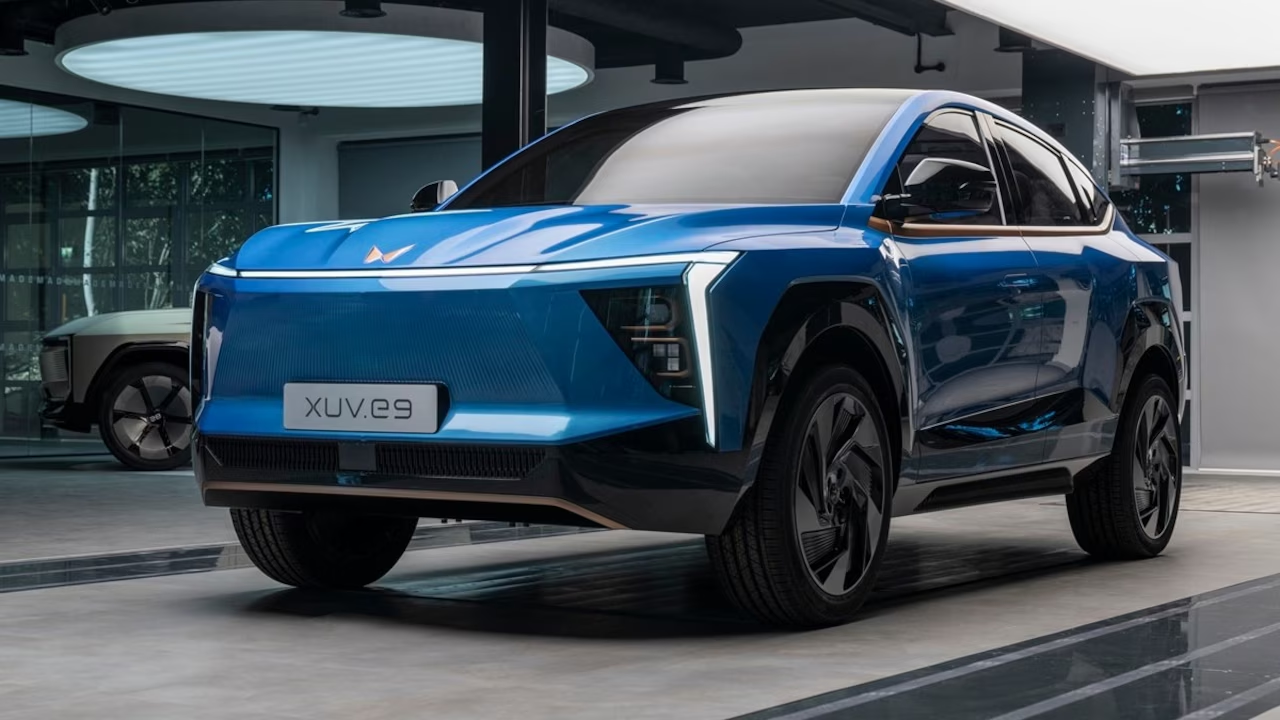
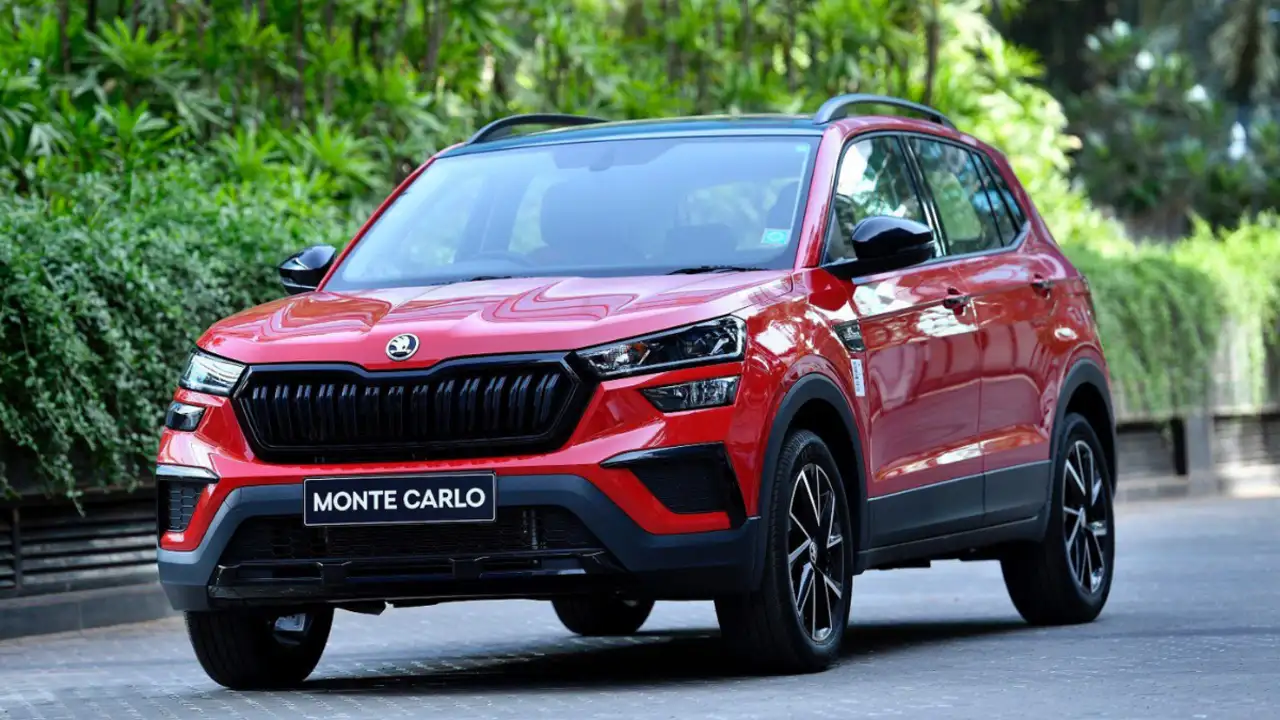
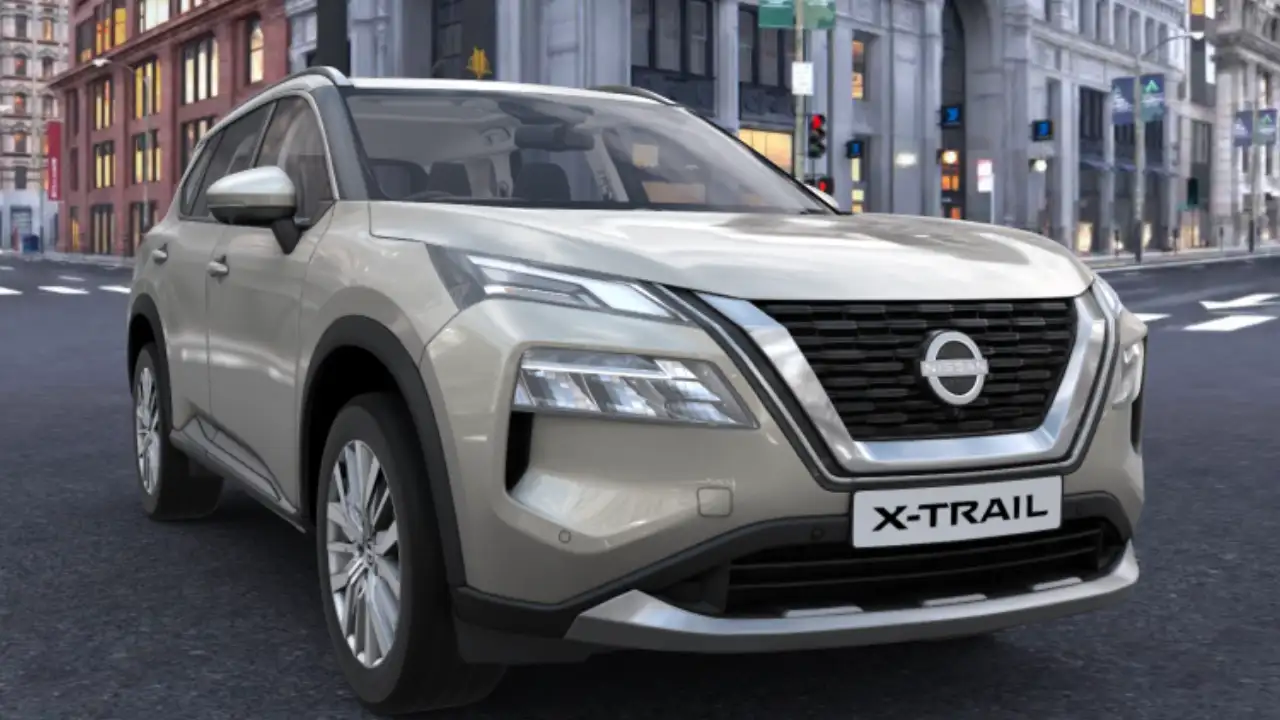
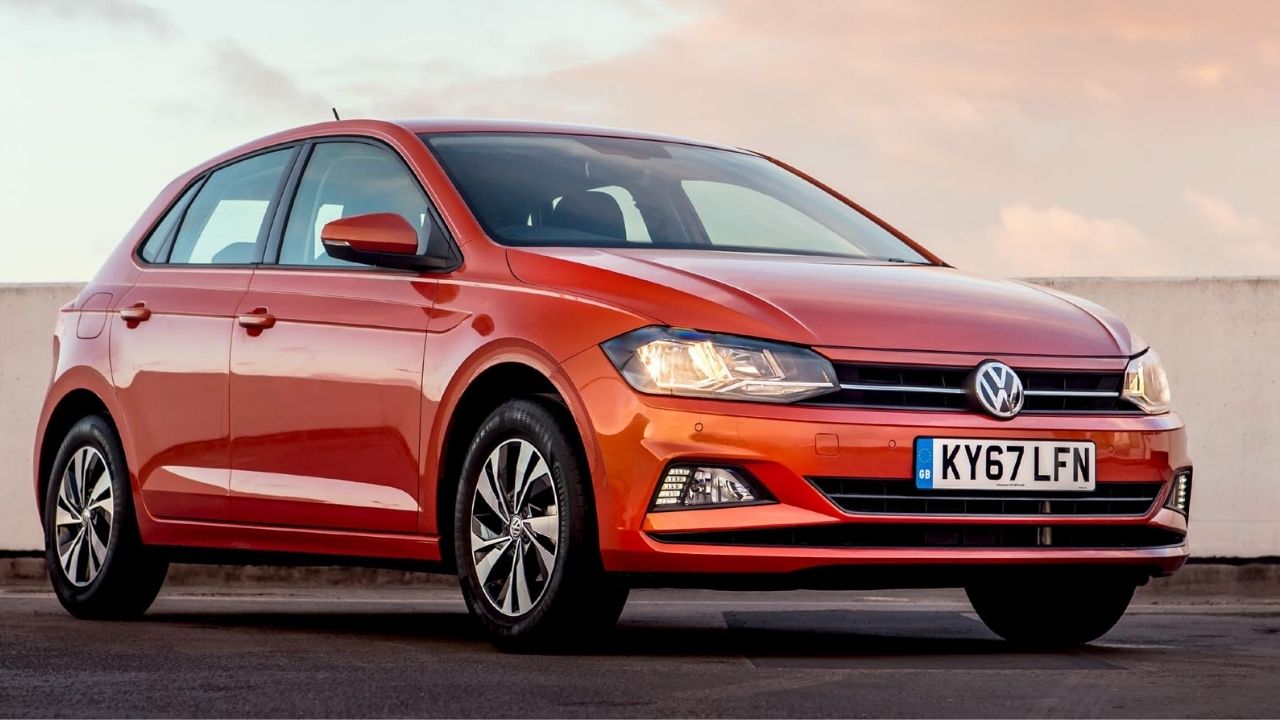
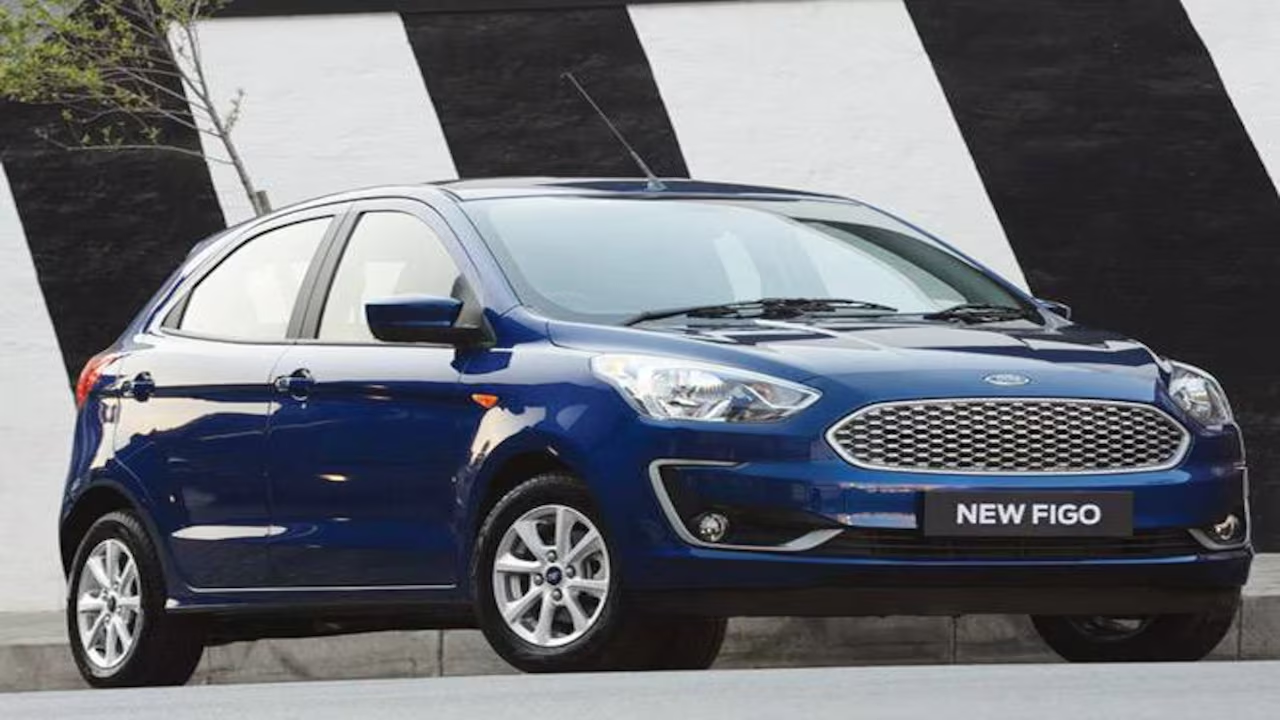
Leave a Reply